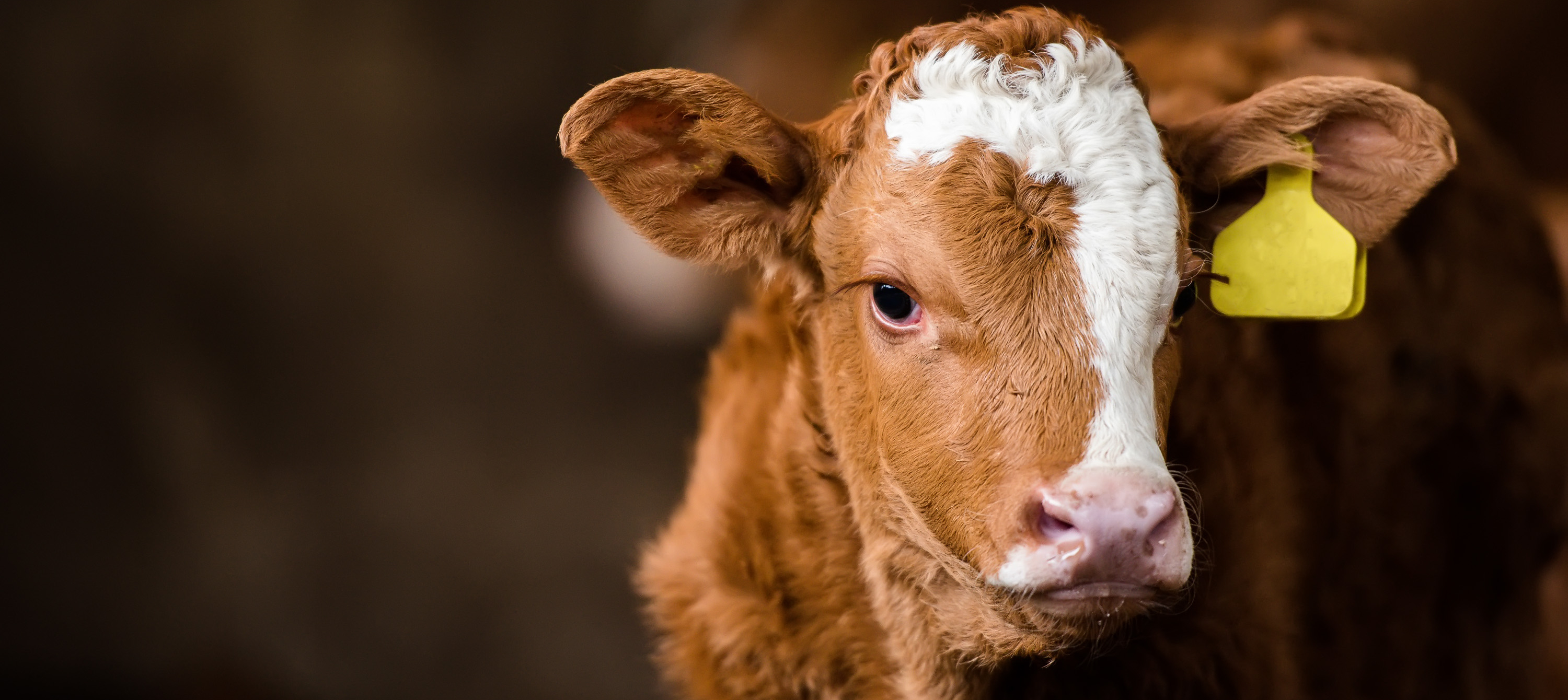12 Apr Winning Tips & Insights from Beefbooster Breeders | Gerald Vandervalk of VXV Farms
If you ask Beefbooster breeder Gerald Vandervalk of VXV Farms, who ranches along with his family just 20 miles west of Claresholm, Alberta, the secret to their success is all in the way you look at what your cattle can do for your land and not the other way around. For Gerald and the generations before, cattle have been key to their land use and environmental management and stewardship. And from that, the cycle comes back around to producing and delivering the best beef product possible.
Retaining ownership straight through to processing, the technology and data has provided Gerald with the insights to make accurate decisions for continual improvements in his herd refinement and ultimately, his beef production.
“Initially, when we went to utilizing the technology and DNA provided by Beefbooster, one of the big things for us was parentage,” says Gerald. “Not only did we want to continually improve the quality of our cows, we wanted to match what calves to what bulls. As a commercial producer, getting accurate data as to how our calves were performing has been so important. We use this information to thoroughly analyze our bull data and see how they are performing individually. As we keep working with the index and using this DNA and data, we are making more accurate decisions.”
For Gerald, this accuracy is proving itself through the support it provides in their bull selection as well as herd refinement and improvements. Additionally, retaining ownership of their cattle through to slaughter also relies on the carcass data that helps VXV Farms build cattle that will finish well in both grade and quality.
“Because of the data the bar of our herd is raised significantly and the consistency is proving the results both in the pasture and in the processing plant. We DNA to index our cows, dropping off the 5 or 10 percent index bottom every year. Because of the data, we can figure out our performing cows and do a better job indexing the replacement heifers. We always had an ‘idea’ of what we thought was better but now we are accurate. Now we know.”
Tips and Insights
Aside from the advancements that Gerald is witnessing through the use of data, we asked what tips or tricks have made advancements for him on his operation. This is what he told us:
“It all goes back to taking care of the land and water. Through rotational grazing, we utilize the cattle to help us achieve that, through the transfer of more litter-more organic matter in the soil. So we try to improve the soil and from that, the grass will grow. We are careful to select the proper time when we use riparian areas and put a lot of forethought into our rotational pasture system. We utilize smaller fields for shorter durations – we are moving quicker so the cows are gone before the new growth is available. We also use our cattle to help plant legumes by placing seed in their salt, which eventually, through their manure, spread throughout our pastureland.
But truly it all comes back to water. Water is key. We really focus on water development through off-stream watering projects, ensuring our cattle have clean water wherever they go – with no mud. We develop our springs through a trough in one field and quite often we will take that overflow into other fields, giving us water in more locations.
Most of our water systems are gravity fed and always flowing. That means that all year long these water systems rely solely on gravity – no water pumps or heaters. The gravity flow replaces our need for heat – an important element ranching in this environment throughout the winter months. We have also built numerous dams and utilized flood irrigation on parts of our ranch. A lot of our water systems utilize dams or standing water. We fence most of these water areas with an electric fence. We pull water out of these areas and use a lot of cross fencing so we can better graze. We also use solar waters to pull water from the ditches, which affords us the opportunity to graze a lot of our hay land.”
Gerald and his family at VXV Farms were the proud recipients of the Alberta Beef Producers 2016 Environmental Stewardship Award. Check it out here: http://www.albertabeef.org/page/esa-2016
Gerald now shares his learnings in environmental stewardship with other producers in his area, helping with water management strategies and best practices strategies on their operations.
Job well done, Vandervalk family! We are proud to have you as a Beefbooster breeder.





Sorry, the comment form is closed at this time.